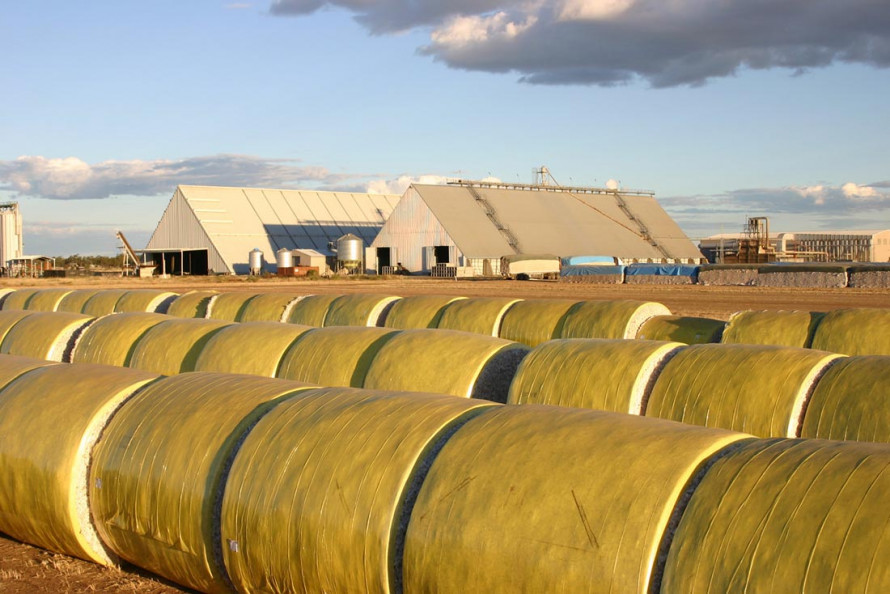Demand, the ongoing trade war and global economics are all impacting the weak cotton market.
About 80 people involved in different aspects of the cotton industry gathered September 20 in the new headquarters of Lubbock-based Plains Cotton Growers, Inc. (PCG) to discuss the current state of the cotton market.
Cotton demand is weak, said Darren Hudson, professor of agricultural economics at Texas Tech University. This sentiment was echoed by a merchant, who stated, “There are no commitments from the buyers.”
With over 4 million bales expected this season from the High Plains of Texas, slow flow of cotton is a key issue for the cotton industry.
Obviously, the ongoing trade war with China has its own influence, yet it may not be the only reason for the weak demand. Spinning mills currently have excess yarn, particularly in China and India, which will play an important role in cotton demand. The global economic picture is not that bright, and the Chinese economy has slowed considerably.
“The global economy is plodding on, but not witnessing tremendous growth,” stated Hudson.
Regarding trade deals – which the United States is expected to make with other countries – there was a sense of optimism.
“I am optimistic about the United States-Mexico trade deal by the end of this year,” stated Kody Bessent, vice president of operations and legislative affairs at PCG. The expected bilateral deal with Japan is also viewed favorably by the United States’ agriculture sector.
“The industry is hopeful that there will be a meeting between the United States and China this October,” added Bessent.
While there is a need to resolve the trade dispute with China soon, the effect will not be felt immediately, as demand needs to increase. Any deal between China and the United States will influence the decision to plant other crops such as soybeans, which may take some acres away from cotton. This adjustment can bring some correction to cotton supply and demand.
Additionally, the excess capacity of polyester in China must be factored into the cotton demand scenario.
It is important that the global cotton industry focus on creating more demand by thinking beyond the conventional fiber to fashion chain. Adding value to cotton products and demand creation are needed.
Dr. Seshadri Ramkumar is a professor in the Department of Environmental Toxicology and The Institute of Environmental and Human Health at Texas Tech University, and a frequent contributor to Cotton Grower.
Source: Cotton Grower

